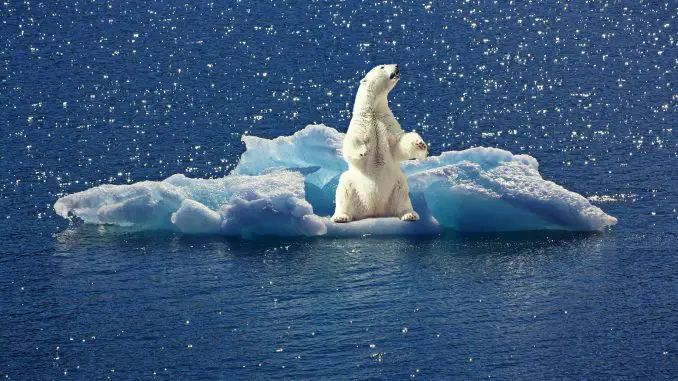
The consequences of climate change are many, extensive and partly poorly known. Climate adaptation measures will be needed in most sectors of society.
An important aspect is that the climate problems are global. This does not only apply to the effects of emissions on the atmosphere and climate change. This also applies to the effects of climate change and its consequences.
We live in a global society and are therefore not only affected by the direct and local effects of climate change. However, climate change will have different consequences for Sweden’s ecosystems and different social sectors.
The Climate Adaptation Portal describes climate effects for and for which the consequences of climate change become particularly evident. This applies, for example, to the energy sector, physical planning and development, agriculture and forestry, cultural heritage and health care.
Direct and indirect consequences
The consequences for a society depend partly on the direct climatic effects and partly on how the outside world is affected. At both points, the ability to adapt to change and the ability to protect against negative effects are important.
A complement to emissions reductions
To stop climate change, emissions must be greatly reduced. The earlier this happens, the smaller the climate change will be. Even in the best of worlds, it’s probably decades before these necessary emissions reductions come to fruition. Adaptation to climate change that can no longer be avoided is a necessary complement to the work on reducing emissions.
Climate adaptation both now and then
Climate change is not about changing conditions just for a future of 100 years or 200 years. It is a continually changing climate to which adaptation must take place. Of course, the time horizon that is relevant varies between social areas.
For example, forestry is affected by considerably longer time aspects than agriculture. For long-term infrastructure and facilities, such as houses and bridges, a very long-term perspective is often needed, often 100 years. The longer the planning period, the greater the range of climatic conditions can be taken into account.
Systems Thinking
Climate change is a global issue for ecosystems and most sectors of society. Its effects can be direct and thus relatively easy to estimate. Often, however, there are several aspects that must be taken into account.
Concepts such as feedback, multi stress, etc. should be included in the analyzes. How the forest is affected by climate change depends on, for example, temperature, water supply including rainfall, soil moisture, and evaporation and cloudiness, which affects the sun’s radiation.
The changes affect the growth of the trees themselves, but also the soil, fauna, and microorganisms. The effects can also be indirect. The insect fauna is affected by the climatic conditions which in turn affect the forest. A primary impact on some system can lead to secondary effects on others.
The availability of wood raw materials affects the industry, recreation and the biofuel sector. Many sectors will also have to plan and make adjustments as a result of what is happening outside their own country’s borders. This can be done, for example, in agriculture, forestry, tourism, crisis management and electricity generation.
One of the many change factors
At the same time, climate change is just one of several factors that together affect, enable and prevent. Society’s own change affects its exposure to the climate and climate change.
Analyzes of the effects of climate change and, subsequently, any vulnerabilities should therefore include analyzes of how the system in question is being changed for other reasons. These may be changes in values, technology, market adaptation or legislation.
Possible adaptation measures targeting a particular sector can simultaneously contribute to solutions, or aggravate the threat picture, for other sectors. Therefore, cross-sectoral working methods are needed.
Systemic thinking also includes the link between work on reducing climate-impacting emissions, general environmental protection and adaptation. Finally, when it comes to climate change, international goals in the short, medium and long term determine the boundary between emission limits and adaptation needs.

Leave a Reply